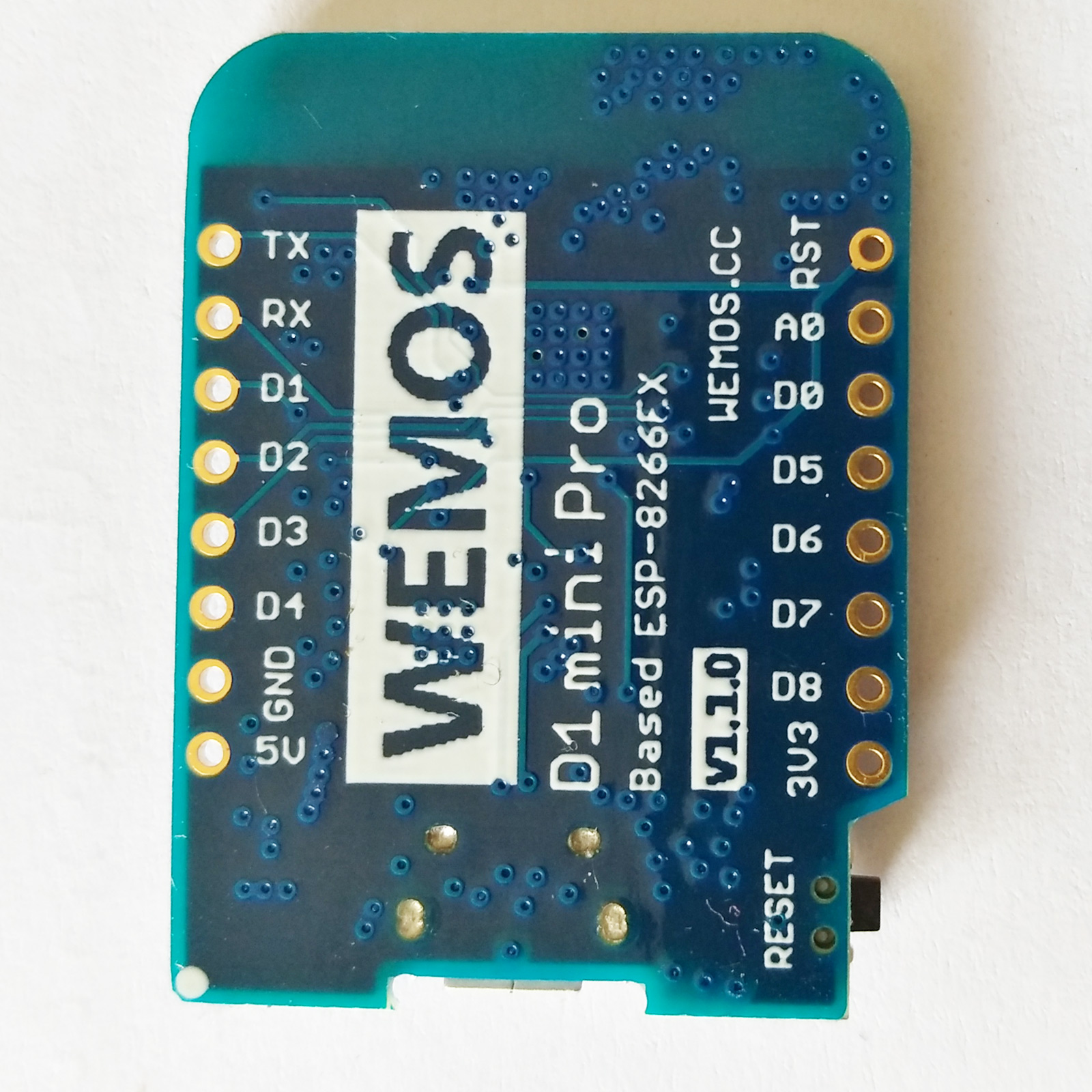
If you don’t, uninstall it and install it again.

Prerequisites: Arduino IDE Installedīefore starting this installation procedure, make sure you have the latest version of the Arduino IDE installed in your computer. If you like the ESP8266 and want to build more projects, you can get my eBook: Home Automation using ESP8266. This tutorial is available in video format (watch below) and in written format (continue reading this page). This tutorial shows how to install the ESP8266 board in Arduino IDE whether you’re using Windows, Mac OS X or Linux. To support this site and EasyIoT framework development please buy in our store.The ESP8266 community created an add-on for the Arduino IDE that allows you to program the ESP8266 using the Arduino IDE and its programming language. In next post we will show how to use ESP8266 module connected to Arduino as sensor node with ESP8266 EasyIoT libray. Testing ESP8266 DHT22 temperature and humidity sensor node. Power supplyĬonnecting ESP8266 WiFi module and Arduino Pro Mini 8Mhz, 3.3V Make sure to use big enough additional capacitors to prevent voltage drops when transmitting. We will use dedicated power regulator AMS1117. New firmware default baudrate is 9600 which makes possible to use software serial on Arduino board.ĮSP8266 current consumption is too big to use Arduino internal regulator. Detail instructions how to update firmware can be found here.

Later you can switch module to HW serial port.īefore we start using ESP8266 WiFi module we need to update ESP8266 firmware. HW serrial port will be available for program uploading and debugging. Current consumption is quite big so it's usually not powered on battery. If you are using 5V Arduino, then read ESP8266 WiFi and 5V Arduino connection.įor arduino board we will use Arduino pro mini 3.3V 8Mhz and software serial port. Small size and low cost makes it suitable for sensor nodes. It works on 3.3V and consumes current up to 250mA. HW serrial port will be available for program uploading and debugging.ĮSP8266 WiFi module is WiFi serial transceiver module, based on ESP8266. In this tutorial we will show how to connect ESP8266 WiFi module to Arduino.


 0 kommentar(er)
0 kommentar(er)
